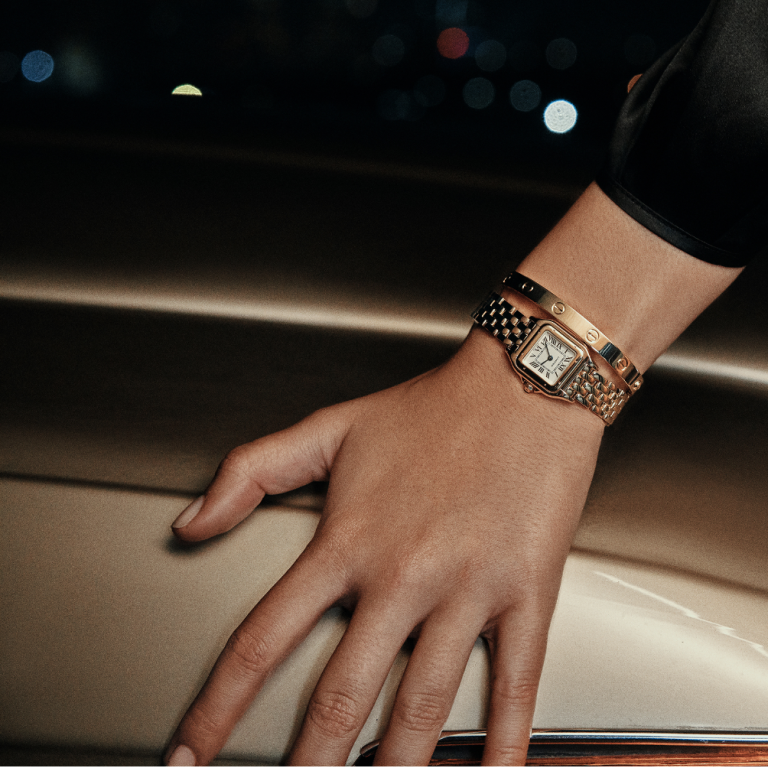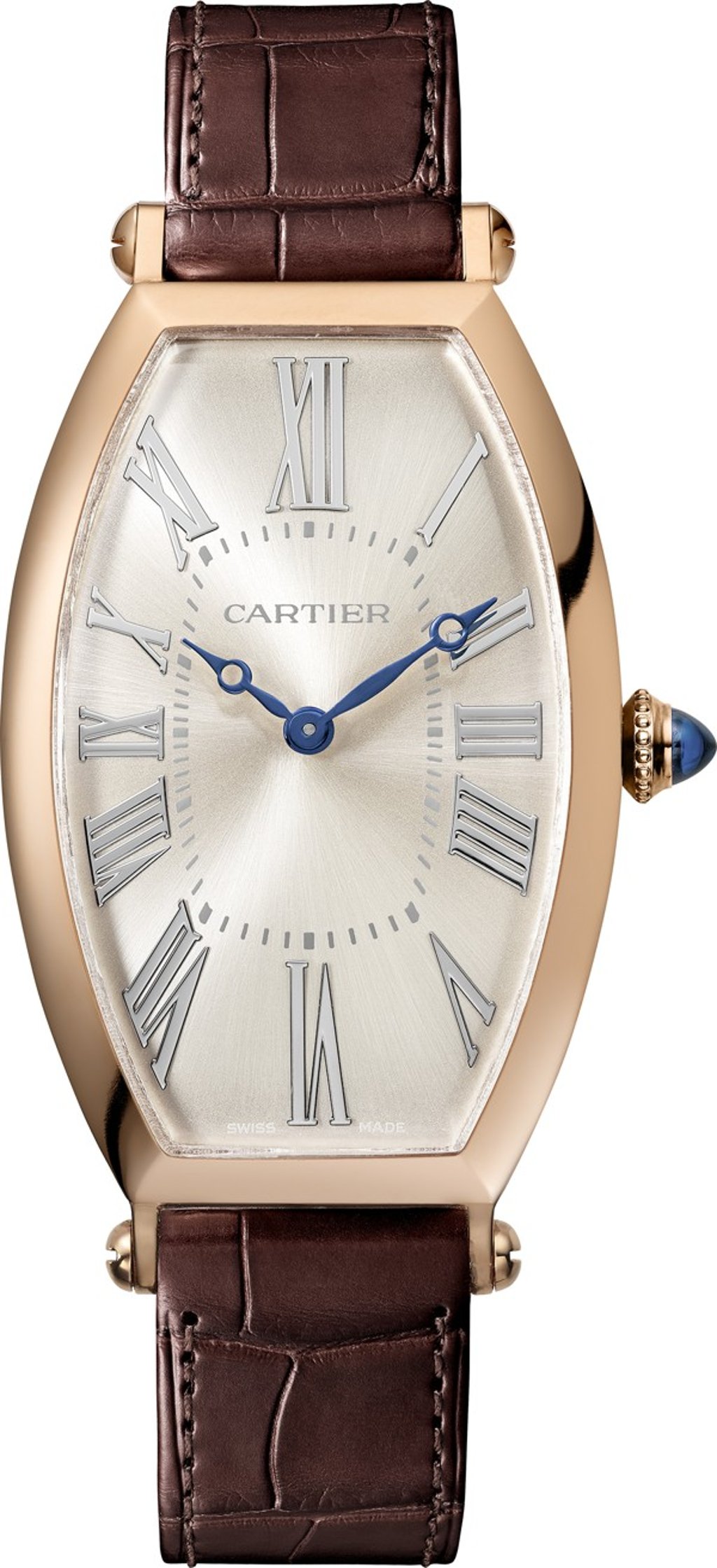Why Cartier draws on the past to move forward – reinventing icons like the Santos and Panthère

- Cartier launches amazing reinterpretations, and the results are fascinating
Drawing on archives is one way for watchmakers to enrich the identity of their maison; when it comes to a house with as rich a history as Cartier, there is plenty of room to grow and prune that legacy into incredible timepieces.
If you ask the maison’s international marketing and communications director Arnaud Carrez, he will tell you that this trend of drawing on the past had been the norm since the house’s early watchmaking days, and has never fallen out of fashion at Cartier.

Evidence supporting this short history lesson is this year’s key launch, the reinvented Cartier Privé Tonneau Watch, the earliest wristwatch launched by the house.
“Cartier always remains singularly distinctive,” Carrez says. “We do so by reinventing iconic collections which are already very strong. We are committed to pushing boundaries in terms of creativity and taste, and this creativity is very much a part of what our house represents.”
Cartier is never one to bore with a conventional round watch and the Tonneau silhouette had been a significant part of the house’s watchmaking journey.
“Tonneau is one of the oldest shapes at Cartier, it was founded in 1906,” Carrez adds. “It is quite interesting as a mythical design. We wanted this year to pay tribute to it by launching these amazing reinterpretations, and the results are fascinating.”
We are committed to pushing boundaries in terms of creativity and taste, and this creativity is very much a part of what our house represents
The Privé Tonneau is enriched with watchmaking know-how and was launched this year as an extensive collection with references in pink gold and platinum, and with movements of varying levels of complexity. Between the simple three hands and the dual time zone skeleton reference, the watches share the same elongated shape in two sizes, tapering along the top and the bottom, creating a comfortable curve to rest on wrists of all sizes.